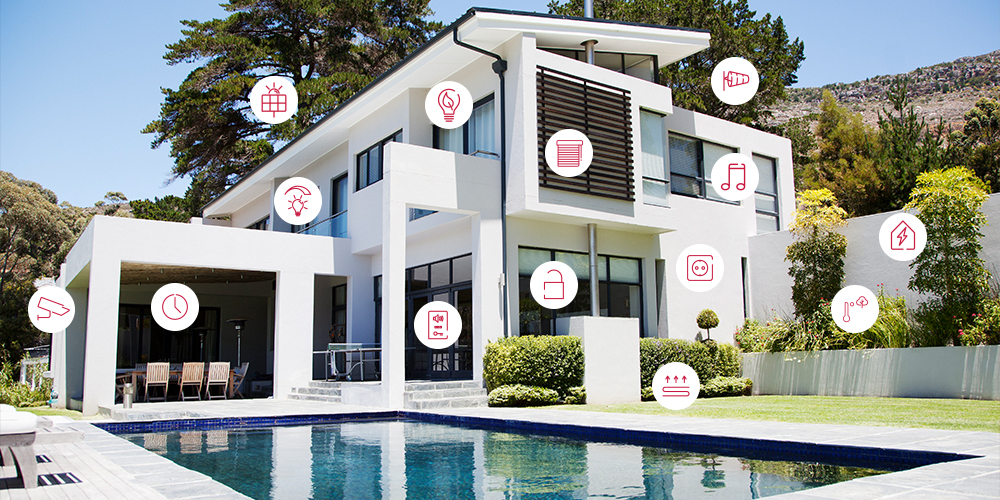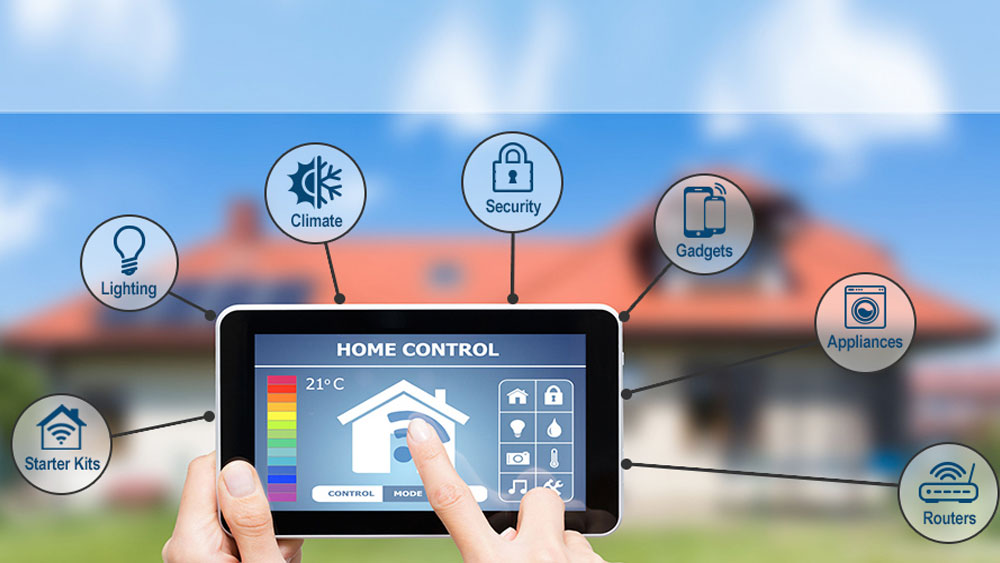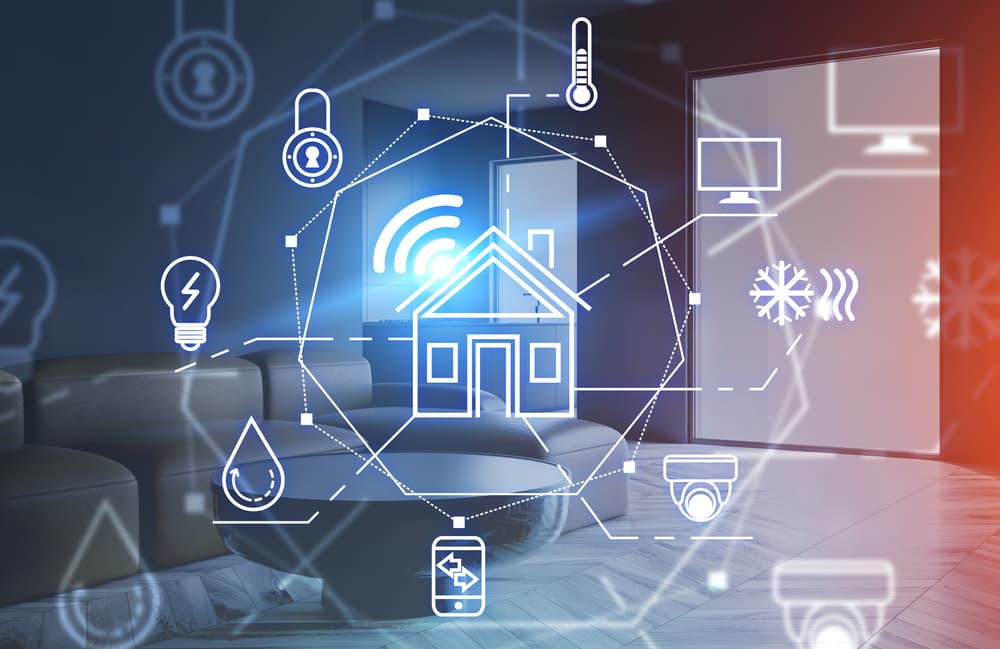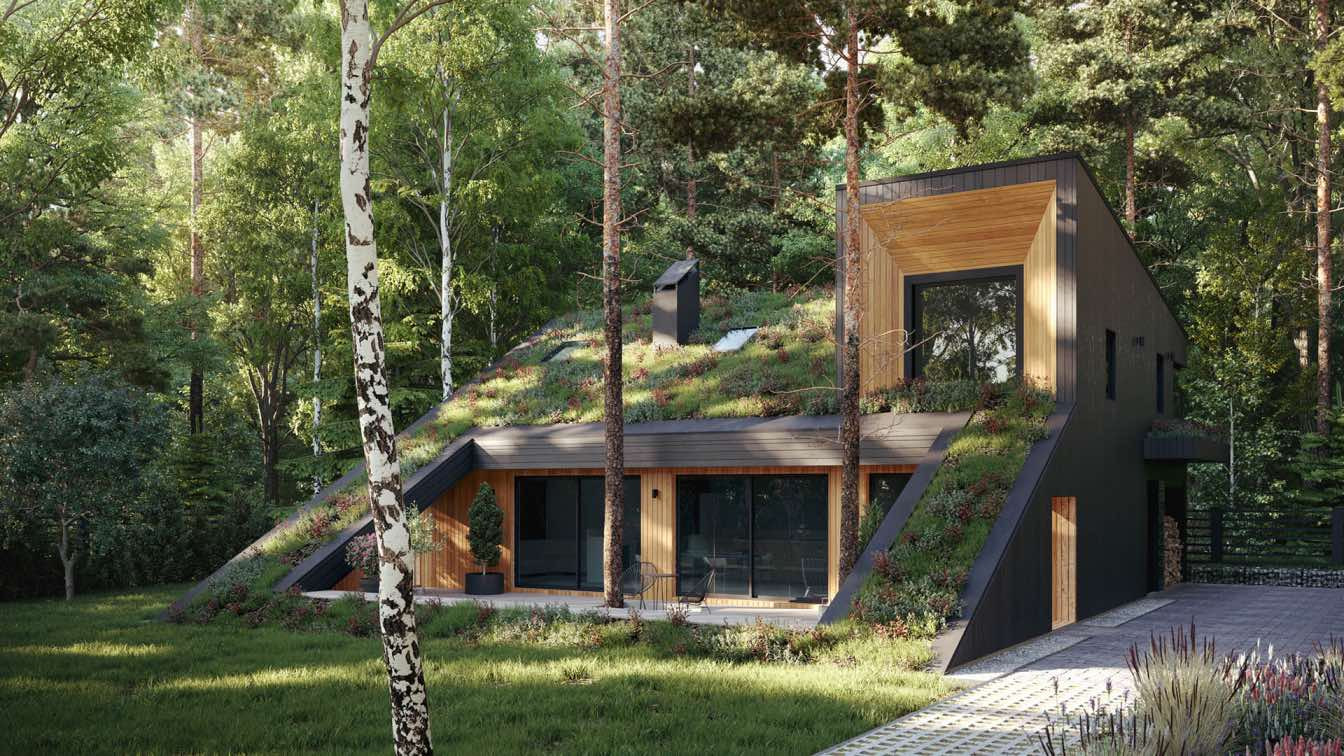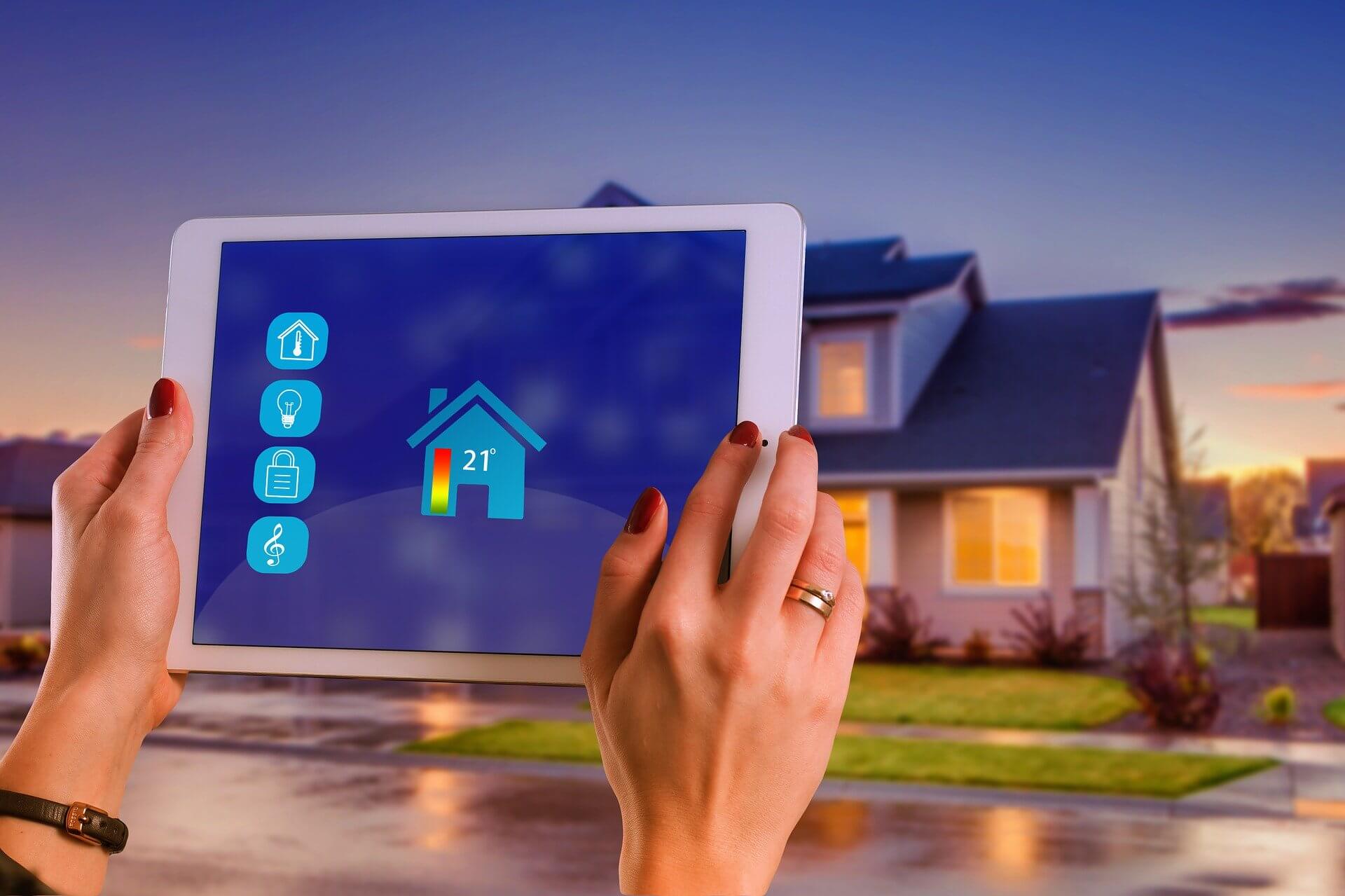
Beginner’s Guide to Building a Smart Home on a Budget in Simple Steps
Introduction
In today’s digital age, creating a smart home has become more accessible than ever. With the rise of affordable smart devices, homeowners can easily automate and control their living spaces. However, building a smart home on a budget requires strategic planning and research. This guide will provide simple, actionable steps to help you create a smart home without breaking the bank.
Table of Contents
- What is a Smart Home?
- Benefits of Building a Smart Home
- What You Need to Build a Smart Home on a Budget
- Step-by-Step Guide to Building a Smart Home
- 4.1. Step 1: Plan Your Smart Home
- 4.2. Step 2: Choose Affordable Smart Devices
- 4.3. Step 3: Smart Lighting Solutions
- 4.4. Step 4: Smart Thermostats for Energy Savings
- 4.5. Step 5: Smart Security and Surveillance
- 4.6. Step 6: Smart Speakers and Voice Assistants
- 4.7. Step 7: Smart Plugs and Energy Management
- Best Budget-Friendly Smart Home Devices
- Tips for Saving Money While Building a Smart Home
- How to Make Your Smart Home Eco-Friendly
- Common Mistakes to Avoid When Building a Smart Home on a Budget
- How to Integrate Smart Devices Seamlessly
- Conclusion
1. What is a Smart Home?
A smart home is a residence equipped with internet-connected devices that allow homeowners to remotely control various systems and appliances. These systems can include lighting, heating, security, entertainment, and more. Smart homes provide greater convenience, energy efficiency, and security.
2. Benefits of Building a Smart Home
- Convenience: Automating daily tasks such as turning lights on and off or adjusting thermostats.
- Energy Efficiency: Saving energy through smart devices like thermostats and lighting that can adjust based on occupancy.
- Improved Security: Remote monitoring with smart cameras and sensors.
- Enhanced Home Comfort: Personalizing your environment with devices that cater to your lifestyle.
3. What You Need to Build a Smart Home on a Budget
Building a smart home doesn’t require expensive systems. Here’s what you need to start:
- Wi-Fi Network: A strong internet connection is essential for all devices to communicate.
- Smartphone or Tablet: Many smart home devices are controlled via apps on your phone or tablet.
- Budget-Friendly Smart Devices: Look for smart gadgets that offer value for money while still providing essential functions.
4. Step-by-Step Guide to Building a Smart Home
4.1. Step 1: Plan Your Smart Home
Before purchasing any smart devices, it’s essential to plan your smart home. Identify areas where you want automation, such as lighting, security, temperature control, or energy management. Prioritize essential devices first, and then add additional devices gradually as your budget allows.
4.2. Step 2: Choose Affordable Smart Devices
Not all smart devices are expensive. Here are some tips for choosing affordable devices:
- Look for deals and discounts on platforms like Amazon or Best Buy.
- Choose devices that are compatible with major voice assistants like Alexa, Google Assistant, or Apple HomeKit.
4.3. Step 3: Smart Lighting Solutions
Lighting is one of the easiest places to start with a smart home. Budget-friendly options include:
- Smart light bulbs: These allow you to control the brightness and color of your lights.
- Smart switches: Replace traditional light switches with smart ones that can be controlled remotely.
Table: Comparison of Popular Smart Lighting Solutions
| Device Type | Price Range | Features | Popular Brands |
|---|---|---|---|
| Smart Bulbs | $10-$30 | Remote control, color options | Philips Hue, Wyze |
| Smart Plugs | $15-$30 | Voice control, energy monitoring | TP-Link, Kasa |
| Smart Switches | $20-$40 | Remote on/off, app control | Lutron, Leviton |
4.4. Step 4: Smart Thermostats for Energy Savings
A smart thermostat can help you save money by adjusting the temperature based on your schedule. Popular budget-friendly options include:
- Nest Thermostat: Offers energy-saving features and remote control.
- Ecobee3 Lite: Affordable, with room sensors to optimize heating and cooling.
4.5. Step 5: Smart Security and Surveillance
Security is a key aspect of a smart home. Consider:
- Smart cameras: Affordable cameras like Wyze Cam or Blink offer HD video and motion detection.
- Smart doorbells: Devices like Ring or Eufy offer two-way audio and video capabilities.
4.6. Step 6: Smart Speakers and Voice Assistants
Smart speakers like Amazon Echo, Google Nest, and Apple HomePod provide voice control for your smart home devices. They are essential for controlling multiple devices at once without needing an app.
4.7. Step 7: Smart Plugs and Energy Management
Smart plugs are inexpensive and allow you to control appliances remotely. They can help reduce energy waste by turning off devices when not in use.
5. Best Budget-Friendly Smart Home Devices
Here’s a list of the best budget smart devices to consider:
- Wyze Cam v3: Budget-friendly smart security camera with HD video and night vision.
- Kasa Smart Plug: Affordable plug for controlling lamps, fans, or any appliance.
- Eufy Security Smart Doorbell: A low-cost alternative to expensive doorbell cameras.
6. Tips for Saving Money While Building a Smart Home
- Buy in bulk: Purchasing devices in bundles often leads to savings.
- Use free apps: Many smart devices come with free apps to control them.
- Take advantage of sales: Major shopping events like Black Friday and Cyber Monday offer discounts on smart home products.
7. How to Make Your Smart Home Eco-Friendly
Smart homes can help reduce energy consumption:
- Use smart thermostats to regulate heating and cooling efficiently.
- Install motion sensors in rooms to control lighting based on occupancy.
8. Common Mistakes to Avoid When Building a Smart Home on a Budget
- Over-purchasing: It’s easy to get carried away with devices. Stick to essentials.
- Neglecting compatibility: Make sure the devices you buy are compatible with each other.
9. How to Integrate Smart Devices Seamlessly
Ensure that all your devices can communicate with each other. Choose platforms like Amazon Alexa, Google Assistant, or Apple HomeKit for seamless integration.
10. Conclusion
Building a smart home on a budget is achievable with the right planning, research, and smart device selection. By following these simple steps, you can create a connected, energy-efficient, and secure home without breaking the bank.
